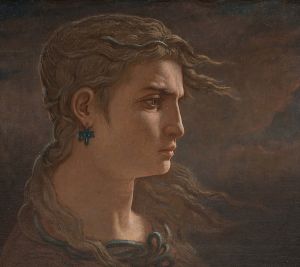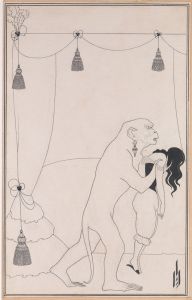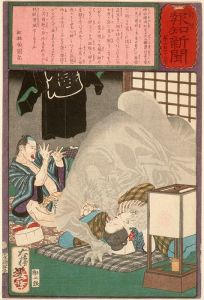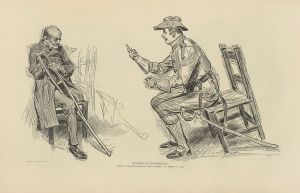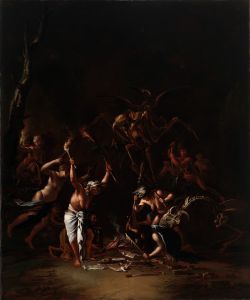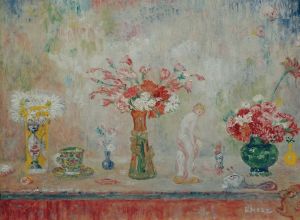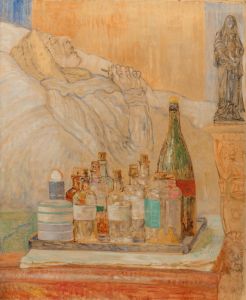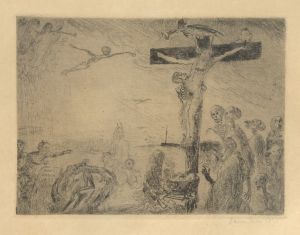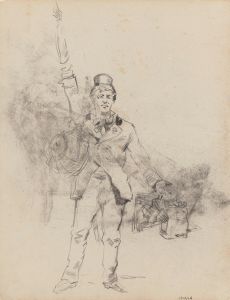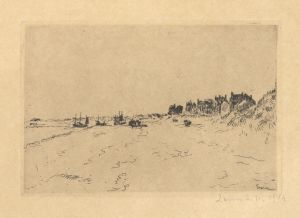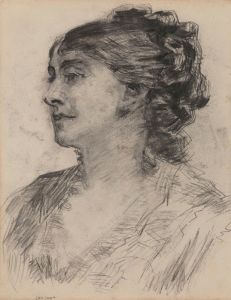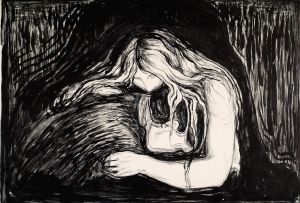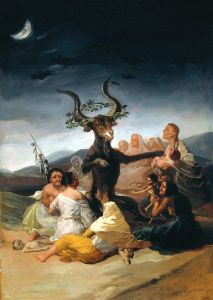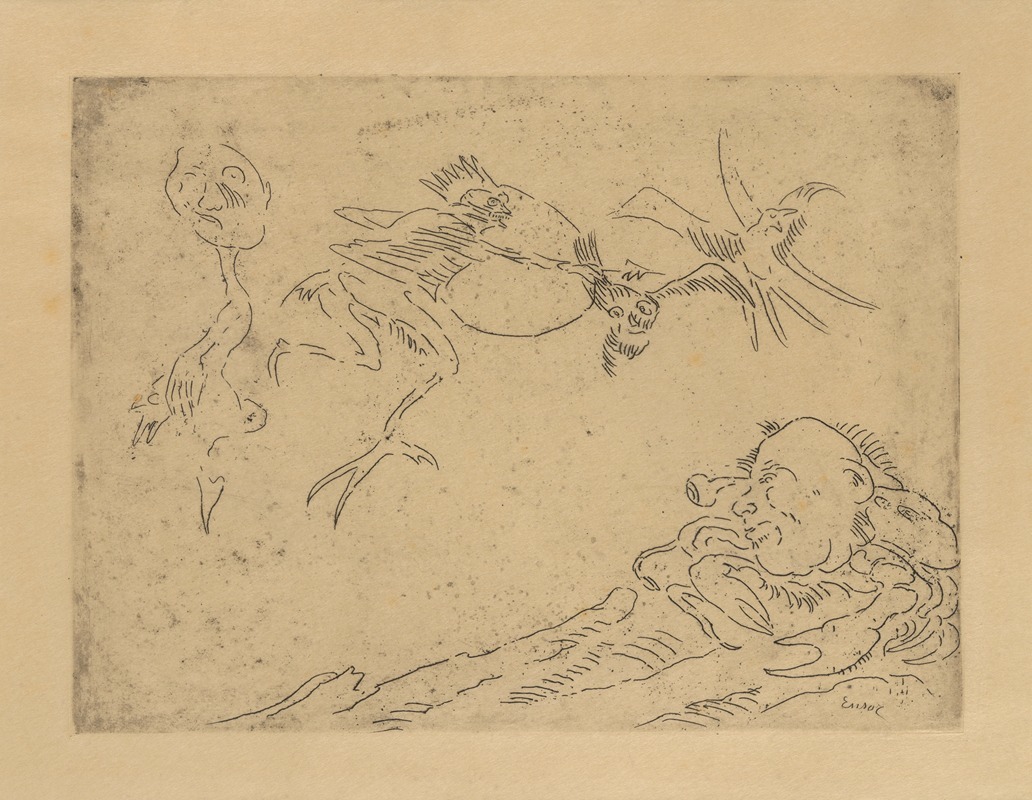
De verschrikkelijke boogschutter
A hand-painted replica of James Ensor’s masterpiece De verschrikkelijke boogschutter, meticulously crafted by professional artists to capture the true essence of the original. Each piece is created with museum-quality canvas and rare mineral pigments, carefully painted by experienced artists with delicate brushstrokes and rich, layered colors to perfectly recreate the texture of the original artwork. Unlike machine-printed reproductions, this hand-painted version brings the painting to life, infused with the artist’s emotions and skill in every stroke. Whether for personal collection or home decoration, it instantly elevates the artistic atmosphere of any space.
James Ensor's "De verschrikkelijke boogschutter," translated as "The Terrible Archer," is a notable work by the Belgian artist, who is renowned for his unique style that blends elements of symbolism, expressionism, and surrealism. Ensor, born in 1860 in Ostend, Belgium, was a pivotal figure in the transition from 19th-century realism to 20th-century modernism. His work often features fantastical imagery, grotesque figures, and a vivid use of color, reflecting his fascination with the macabre and the absurd.
"The Terrible Archer" is a prime example of Ensor's distinctive approach to art. Created in 1909, this painting showcases his ability to merge the fantastical with the real, a hallmark of his oeuvre. The artwork depicts a surreal scene where an archer, presumably the central figure, is surrounded by a chaotic array of figures and objects. Ensor's use of bold colors and dynamic composition draws the viewer into a world that is both whimsical and unsettling.
Ensor's work is often characterized by its satirical edge, and "The Terrible Archer" is no exception. The painting can be seen as a commentary on human folly and the absurdity of societal norms. Ensor frequently used masks and skeletons in his work to symbolize the hidden aspects of human nature and the inevitability of death. In this painting, the archer could be interpreted as a symbol of misguided ambition or destructive power, themes that Ensor explored throughout his career.
The painting is also notable for its technical execution. Ensor's brushwork is expressive and loose, contributing to the overall sense of movement and chaos in the composition. His use of color is particularly striking, with vibrant reds, blues, and yellows creating a vivid contrast against darker tones. This use of color not only enhances the visual impact of the painting but also serves to heighten the emotional intensity of the scene.
Ensor's influence on modern art is significant, and "The Terrible Archer" exemplifies the qualities that have made his work enduringly relevant. His ability to combine humor with a critical perspective on society has inspired countless artists and continues to resonate with audiences today. Ensor's work was initially met with resistance and criticism, but he eventually gained recognition as a pioneer of modern art. In 1929, he was knighted by King Albert I of Belgium, a testament to his impact on the art world.
"The Terrible Archer" is housed in the Royal Museum of Fine Arts in Antwerp, where it remains an important part of the museum's collection. The painting is a testament to Ensor's innovative spirit and his ability to capture the complexities of the human condition through his art. As with many of Ensor's works, it invites viewers to reflect on the absurdities of life and the hidden truths that lie beneath the surface of everyday existence.





